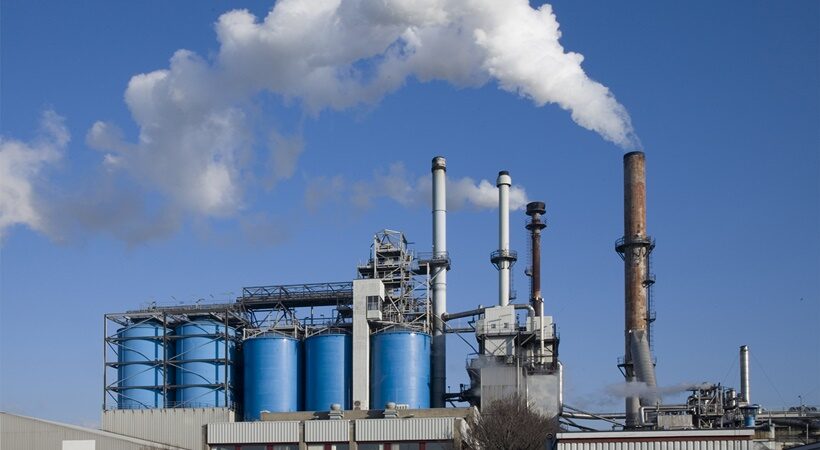During the Covid-19 pandemic, daily emissions globally decreased by as much as 17%. India’s Co2 emissions plummeted by 30% in the initial days of lockdowns. As per scientists, stay-at-home orders have contributed to this notable figure. However, such positive effects regarding emissions changed for the worse as the world gradually re-opened.
With global warming reaching unprecedented proportions resulting in adverse climate changes, India is gearing up to meet the challenge, looking at its vast coastline and the number of cities located on the shore.
As a strategy, a new policy has been announced that mandates refineries and other polluting industries to use green hydrogen to bring down environmental pollution. Hydrogen has broad applications in the industrial sector. As it is the cleanest fuel, it produces electrolysis using renewable energy. Refineries have been instructed to use green hydrogen starting from 2023.
Other than refineries, fertiliser producers are required to use a minimum of 5% of green hydrogen in the first year, to begin with and the figure will keep going up every successive year. As of today, refineries and other industries produce grey hydrogen from natural gas that in turn produces carbon dioxide as a by-product. To minimise the carbon footprint, the government is all set to mandate using green hydrogen for Indian industries. The cost implications of green hydrogen, expectedly, will be negligible and the environment will heal enormously.
The government has also promised that 40 percent of India’s electricity generation capacity comes from non-fossil sources by 2030. This will cut the intensity of emission, a ratio of total emissions to gross domestic product, by a minimum of one-third compared to 2005 levels.
Besides, the government also aims to create employment opportunities through several sectors, including the export sector.
Exports of goods and merchandise from India have slowed down in the past few months because of the fall in global demand. To reverse this trend, the government of India intends to scale up exports in the range of $400 billion. This move comes after detailed consultations with overseas Indian missions. Under this strategy, GOI targets 200 countries. The export targets have been fixed based on products and commodity groups, regions and countries, and assistance from export promotion councils. Currently, monthly exports average $32.5 billion.
The union commerce ministry predicts a 37% surge in merchandise exports during the current financial year. This initiative will not only benefit micro, small and medium enterprises but also create immense employment opportunities across labour-intensive industries.



















